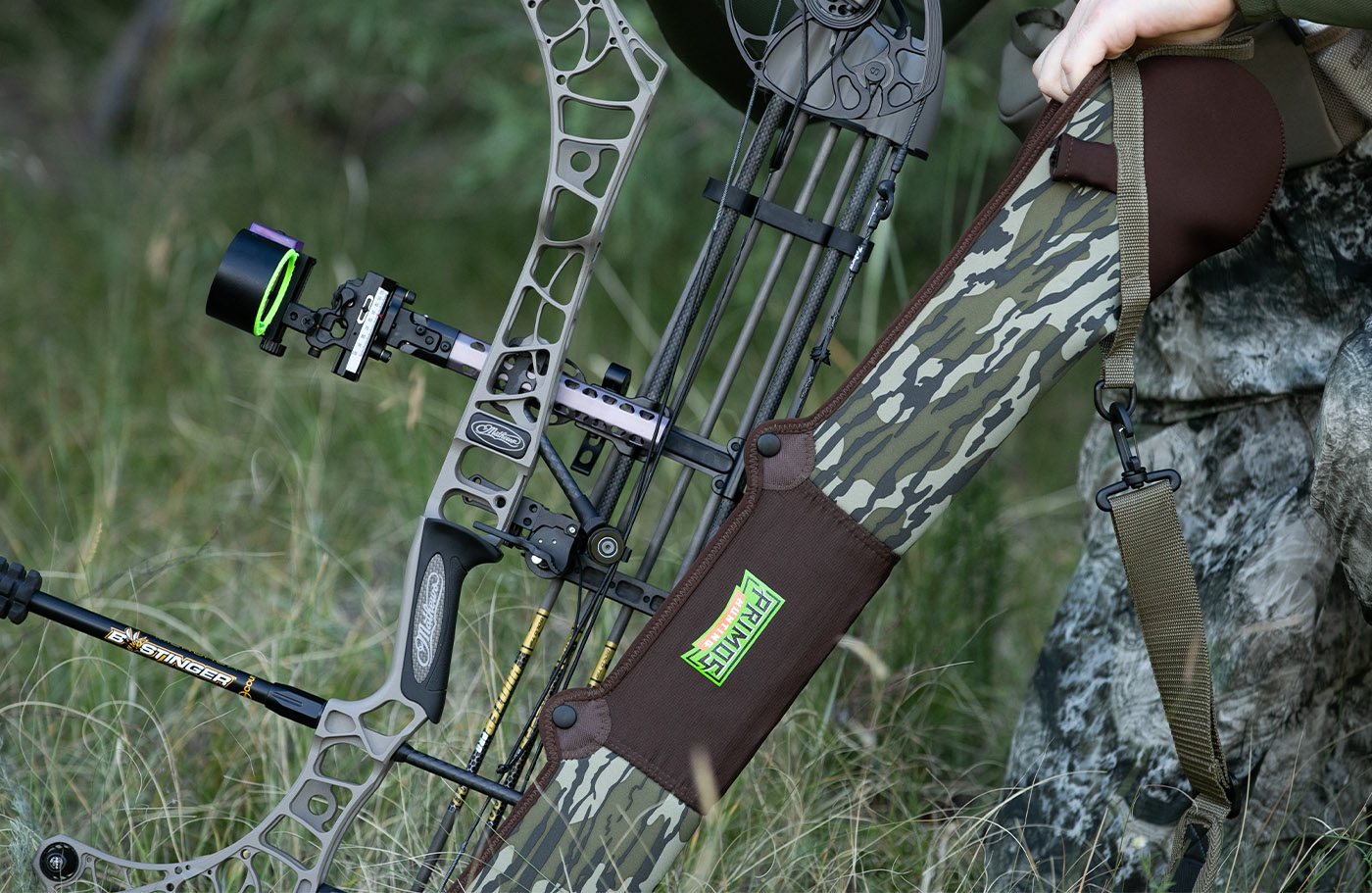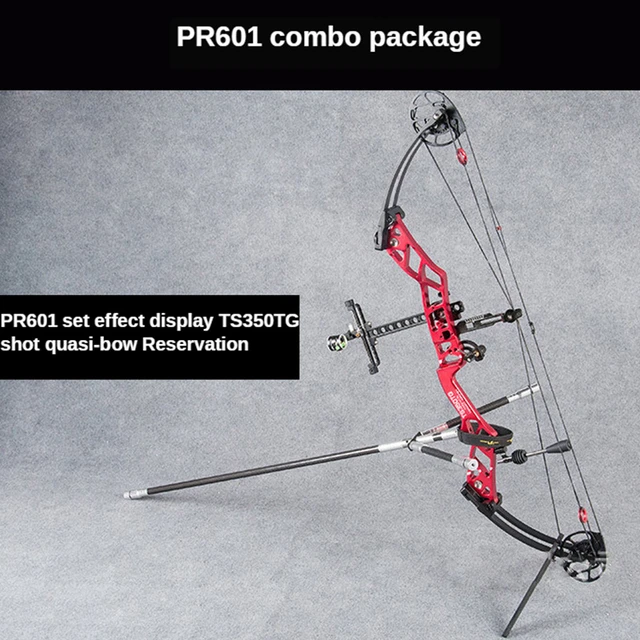Optimize Your Archery Accuracy With These Bow Stabilizer Techniques
In the realm of archery, accomplishing optimum precision is a search that demands meticulous attention to detail and method. One critical component that can considerably affect your performance is the appropriate use of bow stabilizers. These often-overlooked devices hold the prospective to raise your shooting efficiency to new heights, however only if employed correctly. By exploring the nuanced techniques of picking, setting up, and fine-tuning bow stabilizers, archers can unlock a world of accuracy that could have formerly avoided them. Whether you are an experienced archer wanting to fine-tune your skills or a newcomer excited to improve your precision, grasping these bow stabilizer strategies can be the trick to striking your mark with unparalleled uniformity.
Advantages of Utilizing Bow Stabilizers
Utilizing bow stabilizers can significantly improve an archer's precision and overall efficiency by minimizing bow torque and vibration. In addition, bow stabilizers dampen resonance, which not just improves the convenience of capturing but likewise protects against the bow from jumping upon release, therefore assisting in maintaining appropriate purpose.
Additionally, bow stabilizers can aid in holding the bow steady, particularly throughout gusty conditions or when shooting from longer distances. The included weight at the front of the bow gives stability and balance, enabling the archer to concentrate on aiming without the diversion of bow activity. In general, the benefits of using bow stabilizers prolong past simply precision, boosting the archer's experience and performance in various shooting situations.
Selecting the Right Bow Stabilizer
Selecting the ideal bow stabilizer is essential for optimizing your archery tools and boosting shooting performance. Heavier stabilizers can aid lower bow torque and take in more resonance, leading to a steadier purpose.

Finally, take into consideration the design of the stabilizer. Some stabilizers include flexible weights or dampeners that allow you to personalize the equilibrium and feeling of your bow. Ultimately, selecting the appropriate bow stabilizer involves discovering an equilibrium between weight, size, design, and material to enhance your shooting precision and total performance.
Proper Setup Methods
To ensure optimal performance and security in archery, understanding correct installation methods for your bow stabilizer is crucial. The primary step in installing a bow stabilizer is to determine the correct placement on your bow. Many stabilizers are affixed to the front of the riser, below the hold, to assist counterbalance the weight of devices such as views and quivers. Make sure that the stabilizer is not conflicting with various other elements or you could check here impeding your capturing type.
Next, firmly connect the stabilizer to the bow utilizing the appropriate placing equipment. Some stabilizers come with adjustable weights that can be included or eliminated to fine-tune the equilibrium of your bow.

Readjusting Stabilizer Weight and Size
After making certain the correct installment of your bow stabilizer, the next step entails readjusting the weight and size to enhance its performance in improving archery accuracy. The weight of the stabilizer plays an essential role in minimizing bow movement throughout the shot cycle.
A longer stabilizer can give higher stability by raising the distance in between the bow and the weight at the end of the stabilizer. On the other hand, a shorter stabilizer offers much more ability to move and may be reference preferred by archers that value agility and fast movements throughout shooting.
Advanced Stabilizer Tuning Tips
Accomplishing optimum bow security and precision in archery demands a nuanced strategy to advanced stabilizer tuning. Advanced stabilizer adjusting entails fine-tuning various elements to improve the bow's equilibrium, reduce vibration, and enhance total precision.
An additional crucial facet of innovative stabilizer adjusting is enhancing the damping buildings of the stabilizer system. Discovering different materials for the stabilizer construction, such as carbon fiber or light weight aluminum, can additionally affect the bow's performance by altering its weight circulation and tightness.
Final Thought
In conclusion, making best use of archery accuracy can be attained with the correct choice, installment, and modification of bow stabilizers. On the whole, integrating bow stabilizers right into archery practice can lead to enhanced performance and boosted precision.
Utilizing bow stabilizers can significantly improve an archer's precision and overall efficiency by decreasing bow torque and vibration. Longer stabilizers give greater stability and equilibrium, especially for long-distance shooting, while much shorter stabilizers offer more convenience and are easier to navigate in limited spaces (bow stabilizer). Carbon fiber stabilizers are durable and lightweight, while light weight aluminum stabilizers are durable and provide outstanding resonance wetting
A longer stabilizer can provide greater stability by boosting the range in between the bow and the weight at the end of the stabilizer.Another important facet of innovative stabilizer tuning is optimizing the damping residential properties of the stabilizer system.